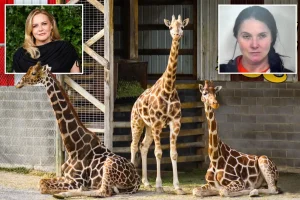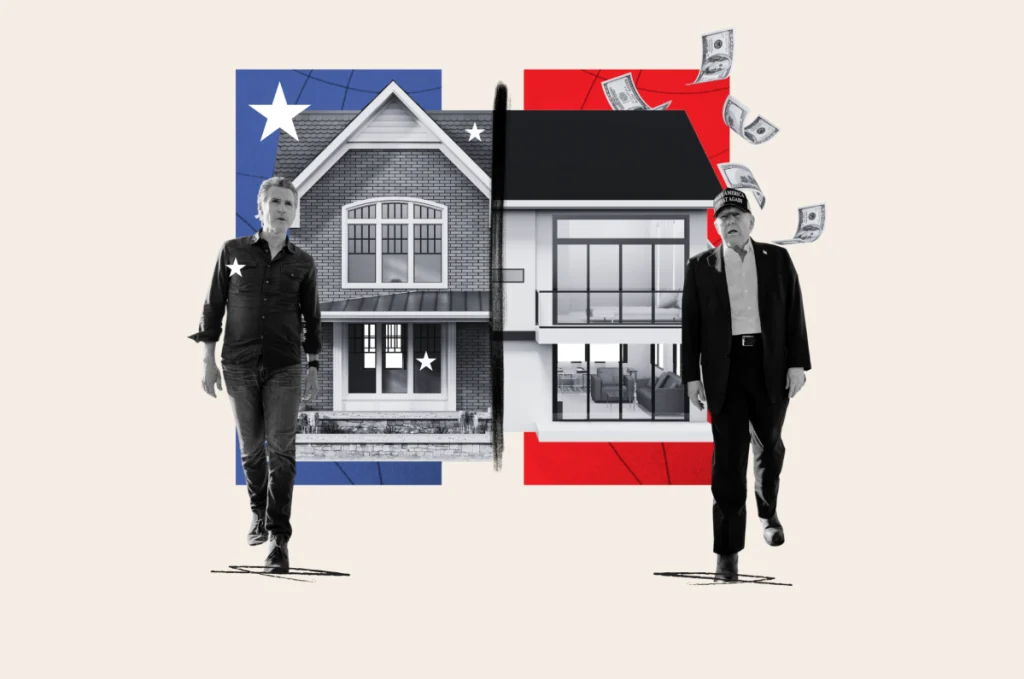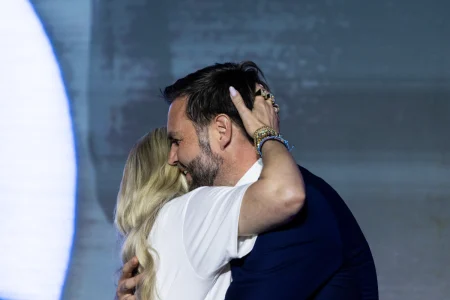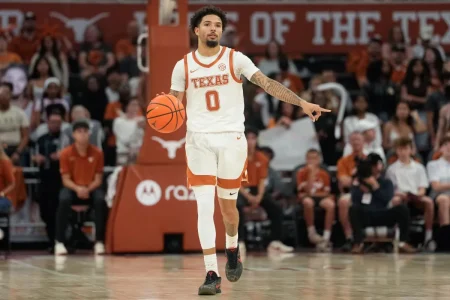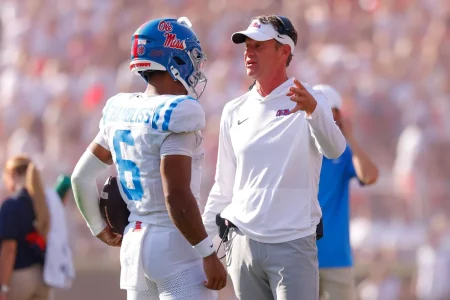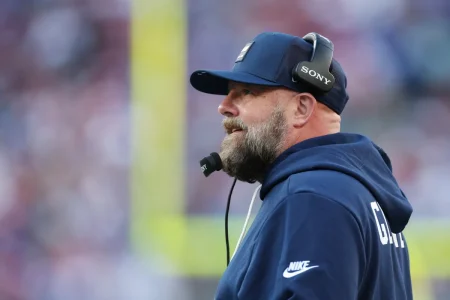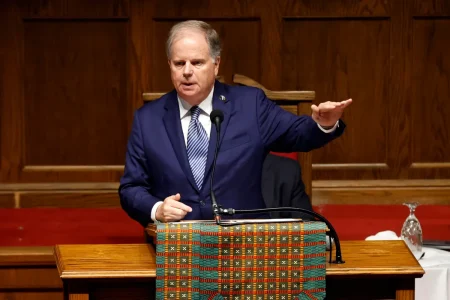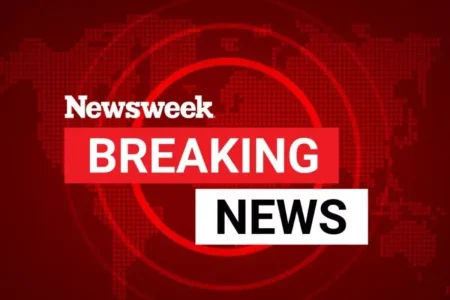Pacific Palisades: A Community Caught Between Disaster Recovery and Political Battle
In the wake of devastating January wildfires that swept through Los Angeles County, the affluent neighborhood of Pacific Palisades finds itself not only rebuilding homes but also caught in a political crossfire between state and national leaders. The fires destroyed thousands of structures, including homes of celebrities like Jeff Bridges, Paris Hilton, and Billy Crystal, leaving a community eager to rebuild but uncertain about what form that reconstruction will take. What should be a straightforward recovery effort has instead become emblematic of broader political tensions and housing debates in California.
The neighborhood’s rebuilding process has become unexpectedly politicized, with former President Donald Trump and California Governor Gavin Newsom engaging in public disputes over its future. Trump has repeatedly criticized Democratic leadership for the wildfire devastation and recently claimed on social media that Newsom was planning to build low-income housing in Pacific Palisades, calling it “unfair” to residents who had already suffered greatly. Newsom promptly denied these allegations, calling them a “straight up lie” and clarifying that there was “no state effort targeting low-income housing in the Pacific Palisades.” Meanwhile, caught between these political crosshairs are the actual residents who simply want to return home. Josh Stephens, contributing editor of the California Planning & Development Report, noted to Newsweek that “the fires and recovery have brought out national political ideologies,” though he considers critiques of local officials unfair given the unstoppable nature of the firestorm.
The reality of the rebuilding process is more nuanced than the political rhetoric suggests. By July, more than 800 homeowners in affected areas had applied for rebuilding permits, with 145 receiving approval to begin construction on major repairs or replacements. While Newsom’s office did announce $101 million in funding for affordable multifamily rental housing projects in and around burn zones, this was intended to help thousands of displaced residents navigate Los Angeles’ tight rental market. Responding to concerns from residents about denser development, Newsom issued an executive order suspending Senate Bill 9 (SB 9) in fire-affected territories, effectively giving local governments authority to limit how single-family lots could be divided for additional housing. SB 9, which Newsom had signed in 2021, originally allowed property owners to build up to four units on areas zoned for single-family homes to address California’s housing shortage. Additionally, Los Angeles Mayor Karen Bass banned duplex project applications within the Palisades burn zone and expedited the recovery process, with a spokesperson noting that “Pacific Palisades rebuild projects are being approved nearly three times faster than typical single-family home projects before the wildfires.”
The tension between maintaining neighborhood character and addressing California’s housing crisis runs deep in Pacific Palisades. According to Stephens, most Palisades voters have little interest in increased housing density; they’re primarily focused on rebuilding their own homes in a neighborhood they consider pleasant and separate from the city’s housing challenges. The structure of Los Angeles government gives individual council members significant power in their districts, creating little incentive to welcome anything but a return to pre-fire conditions. However, Stephens believes there could be a middle ground between residents’ desires and California’s housing needs, suggesting that the area could “accommodate more density with negligible impacts” through accessory dwelling units in single-family areas and mixed-use development in commercial zones near Sunset Boulevard, which could “serve people who already work nearby and can do wonders to revitalize the area while individual homes get slowly rebuilt.”
Matthew Lewis, communications director for California YIMBY (Yes In My Backyard), challenges the assumption that allowing duplexes would fundamentally change the community’s character. He explained to Newsweek that “people sort of have this assumption that if you allow duplexes, you will get a duplex on every lot. And that’s not actually what happens. You only get a duplex on the properties of people who want the duplex.” Lewis estimates this might mean one duplex per block, hardly a radical transformation. More critically, he points out that suspending SB 9 in Pacific Palisades may actually hurt some residents who could have used the law to help finance their rebuilding efforts. “There are many families that are actually going to use SB 9 and build another home on their property as a way to finance the gap between their insured amount and how much they need to rebuild,” Lewis explained, noting that this option is now unavailable to Pacific Palisades residents who might have benefited from such flexibility.
As Pacific Palisades moves forward with rebuilding, the process will be shaped less by residents’ preferences and more by practical necessities and regulations. Lewis predicts “a much higher threshold for fire building codes, for land clearing, for safety,” all of which add to rebuilding costs. “It’s less of a question of what do the people of Palisades want at this point and more a question of what they will be allowed to do,” he observed, pointing to the growing influence of fire codes and insurance industry requirements in California’s high-risk areas. The Pacific Palisades saga highlights California’s complex challenges: balancing disaster recovery with housing needs, navigating political divisions that complicate practical solutions, and reconciling the desires of established communities with broader regional imperatives. As climate change increases wildfire risks and housing shortages persist, these tensions will likely continue to shape how communities rebuild after disasters, with Pacific Palisades serving as just one example of these broader dynamics at play.

